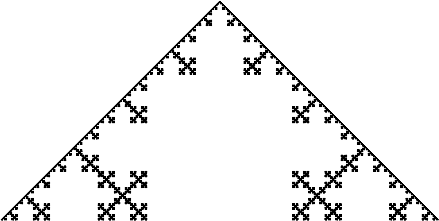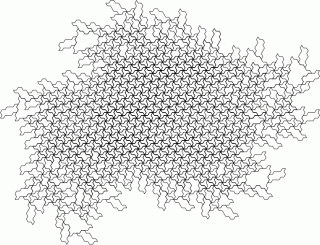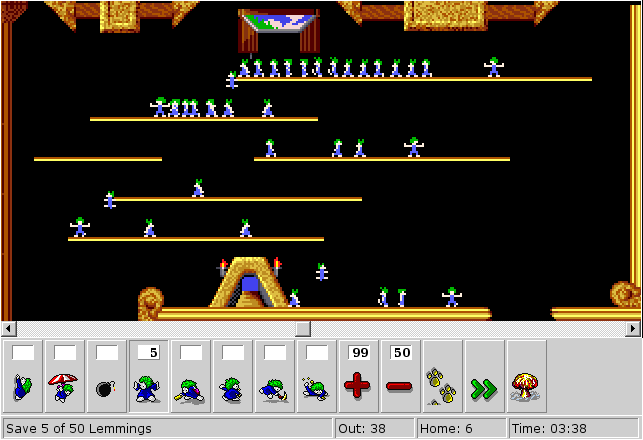svgo is, on the face of it, pretty neat: it takes those huge vector graphic files and squozes them down to something more acceptable. Unfortunately, though, the authors have seen too many files with junk machine-generated <metadata> sections, and decided that it’s all worthless.
Metadata isn’t junk; it’s provenance. Your RDF? Gone. Your diligently researched and carefully crafted Dublin Core entries? Blown away. The licence you agonized over? teh g0ne, man. svgo does this by default. It would be very easy to use this tool to take someone else’s graphic, strip out the ownership information, and claim it as your own. It would be wrong to do that, but the original creator would have to find your rip-off and go to the effort of challenging your use of it. All so much work, all so easily avoided.
You can make svgo do the right thing by calling it this way:
svgo --disable=removeMetadata -i infile.svg -o outfile.svg
There’s apparently a config option to make this permanent, but the combination of javascript, no docs and YAML brings me out in hives. Given that the metadata section of a complex file is typically a couple of percent of the total, it’s worth keeping. Software passes; but data lives forever, so be kind to it.



